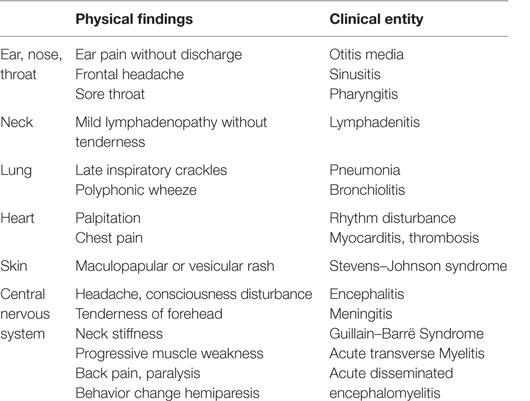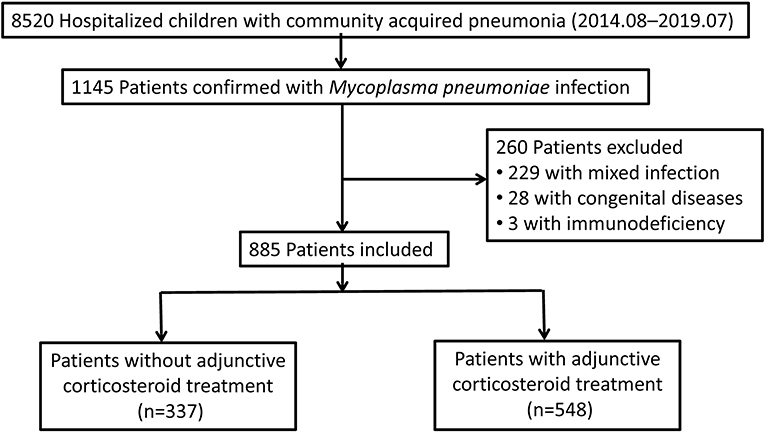Atypical pneumonia, often referred to as “walking pneumonia,” is a type of lung infection that differs from typical pneumonia in terms of its causes, symptoms, and treatment. Unlike the more severe forms of pneumonia caused by common bacteria like Streptococcus pneumoniae, atypical pneumonia tends to present milder symptoms and is often caused by different types of microorganisms. The abbreviation AP is sometimes used in medical literature, but for clarity, we will avoid using it beyond this introduction.

Understanding Atypical Pneumonia
Atypical pneumonia is a unique form of lung infection that does not always follow the classic presentation of pneumonia. While typical pneumonia often involves high fever, productive cough, and significant respiratory distress, atypical pneumonia tends to be less severe and may mimic other illnesses such as the common cold or flu. This can make diagnosis challenging, especially in the early stages.
Causes of Atypical Pneumonia
The causes of atypical pneumonia are distinct from those of typical pneumonia. Instead of being caused by common bacteria, atypical pneumonia is often linked to specific microorganisms. These include:
- Mycoplasma pneumoniae: A type of bacteria that lacks a cell wall, making it resistant to certain antibiotics like penicillin.
- Chlamydophila pneumoniae: Another bacterium that primarily affects the respiratory system and spreads through respiratory droplets.
- Legionella pneumophila: The bacterium responsible for Legionnaires’ disease, which can also cause atypical pneumonia.
- Viral infections: Certain viruses, such as respiratory syncytial virus and adenovirus, can lead to atypical pneumonia.
These microorganisms are often spread through respiratory droplets when an infected person coughs or sneezes. Close contact with an infected individual increases the risk of transmission. Additionally, environmental factors, such as exposure to contaminated water sources, can contribute to infections caused by Legionella pneumophila.
Symptoms of Atypical Pneumonia
The symptoms of atypical pneumonia are generally milder compared to those of typical pneumonia. However, they can still significantly impact daily life and may persist for weeks if left untreated. Common symptoms include:
- A persistent dry cough that may later produce small amounts of sputum
- Low-grade fever, typically below 101 degrees Fahrenheit
- Fatigue and general weakness
- Muscle aches and joint pain
- Headache
- Sore throat
- Chest discomfort or mild shortness of breath
Unlike typical pneumonia, where patients often experience severe respiratory distress and high fever, individuals with atypical pneumonia may continue their daily activities despite feeling unwell. This is why it is sometimes called “walking pneumonia.” However, this does not mean the condition should be ignored, as it can progress and lead to complications if untreated.
Diagnosing Atypical Pneumonia
Diagnosing atypical pneumonia can be challenging due to its nonspecific symptoms and the overlap with other respiratory conditions. Healthcare providers rely on a combination of clinical evaluation, laboratory tests, and imaging studies to confirm the diagnosis.
Clinical Evaluation
During a clinical evaluation, the healthcare provider will take a detailed medical history and perform a physical examination. They will ask about the onset and duration of symptoms, recent travel history, exposure to sick individuals, and any underlying health conditions. Listening to the lungs with a stethoscope may reveal abnormal breathing sounds, although these findings are often subtle in cases of atypical pneumonia.
Laboratory Tests
Several laboratory tests can help identify the causative agent of atypical pneumonia:
- Blood tests: These can detect signs of infection, such as elevated white blood cell counts or markers of inflammation like C-reactive protein.
- Sputum analysis: If the patient produces sputum, it can be analyzed under a microscope or cultured to identify the microorganism causing the infection.
- Serology tests: These tests detect antibodies against specific pathogens in the blood, helping to confirm the presence of Mycoplasma pneumoniae, Chlamydophila pneumoniae, or Legionella pneumophila.
- Polymerase chain reaction (PCR): This molecular test can rapidly identify the genetic material of pathogens in respiratory samples.
Imaging Studies
A chest X-ray is often performed to assess the extent of lung involvement. In cases of atypical pneumonia, the X-ray may show patchy infiltrates or areas of consolidation, but these findings are usually less pronounced than in typical pneumonia. In some cases, a computed tomography (CT) scan may be necessary for a more detailed view of the lungs.
Treatment Options for Atypical Pneumonia
Treatment for atypical pneumonia depends on the underlying cause and the severity of the infection. Since many cases are caused by bacteria that do not respond to standard antibiotics, targeted therapies are essential for effective management.
Antibiotic Therapy
For bacterial causes of atypical pneumonia, antibiotics are the mainstay of treatment. The choice of antibiotic depends on the suspected pathogen:
- Mycoplasma pneumoniae: Macrolide antibiotics, such as azithromycin or clarithromycin, are commonly prescribed. Tetracyclines like doxycycline are also effective alternatives.
- Chlamydophila pneumoniae: Similar to Mycoplasma pneumoniae, macrolides and tetracyclines are the preferred treatments.
- Legionella pneumophila: Fluoroquinolones, such as levofloxacin, or macrolides like azithromycin, are the first-line treatments for Legionella infections.
It is important to complete the full course of antibiotics as prescribed, even if symptoms improve, to prevent the development of antibiotic resistance.
Supportive Care
In addition to antibiotics, supportive care measures can help alleviate symptoms and promote recovery:
- Rest: Adequate rest is crucial for allowing the body to fight off the infection.
- Hydration: Drinking plenty of fluids helps thin mucus and prevents dehydration.
- Pain relievers: Over-the-counter medications like acetaminophen or ibuprofen can reduce fever and relieve muscle aches.
- Oxygen therapy: In cases where oxygen levels are low, supplemental oxygen may be provided.
Treatment for Viral Causes
If atypical pneumonia is caused by a virus, antibiotics will not be effective. Instead, treatment focuses on managing symptoms and supporting the immune system. Antiviral medications may be prescribed in certain cases, such as when influenza is the suspected cause.
Preventing Atypical Pneumonia
While it may not always be possible to prevent atypical pneumonia, certain measures can reduce the risk of infection:
- Vaccination: Vaccines for influenza and pneumococcal disease can help protect against respiratory infections that may lead to pneumonia.
- Good hygiene practices: Regular handwashing and avoiding close contact with sick individuals can minimize exposure to pathogens.
- Healthy lifestyle: Maintaining a strong immune system through a balanced diet, regular exercise, and adequate sleep can lower susceptibility to infections.
Complications of Untreated Atypical Pneumonia
If left untreated, atypical pneumonia can lead to complications, especially in individuals with weakened immune systems or underlying health conditions. Potential complications include:
- Spread of infection to other parts of the body, such as the brain or heart
- Respiratory failure due to worsening lung function
- Development of secondary bacterial infections
Seeking prompt medical attention and adhering to prescribed treatments can help prevent these complications and ensure a smoother recovery.
When to See a Doctor
Individuals experiencing symptoms of atypical pneumonia should consult a healthcare provider, especially if they belong to high-risk groups such as the elderly, young children, or those with chronic health conditions. Warning signs that warrant immediate medical attention include:
- Difficulty breathing or rapid breathing
- Chest pain that worsens with deep breaths
- High fever that persists despite over-the-counter medications
- Confusion or changes in mental status
Early diagnosis and treatment can significantly improve outcomes and reduce the risk of complications.




